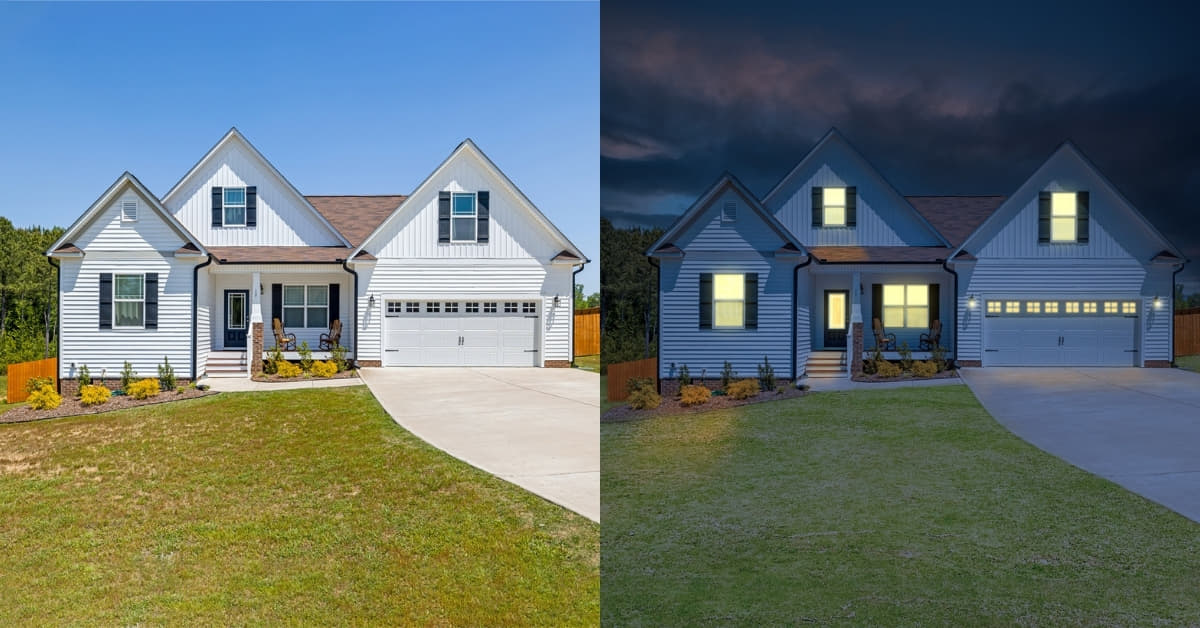In the ever-evolving world of photography, the art of transforming day scenes into mesmerizing dusk landscapes has gained immense popularity. Day to dusk photo editing allows photographers to add a touch of magic to their images, enhancing mood and atmosphere. In this guide, we’ll explore the techniques, tools, and tips to perfect the craft of day to dusk photo editing.
Understanding Day to Dusk Photo Editing
Embarking on the journey of day to dusk photo editing requires a nuanced understanding of techniques and tools. In this section, we delve into the key aspects that transform daylight scenes into captivating dusk landscapes, guiding you through the intricacies of this transformative process.
1. Choosing the Right Software:
Selecting the appropriate photo editing software is crucial. Popular choices include Adobe Lightroom and Photoshop, as they offer a wide array of tools and features specifically designed for detailed photo manipulation.
2. Adjusting Exposure and Contrast:
Start by adjusting the exposure and contrast to create a realistic transition from day to dusk. Tweak the highlights, shadows, and mid-tones to replicate the gradual darkening of the sky.
3. Balancing Colors:
Achieving the right balance of colors is essential for a convincing dusk effect. Pay attention to the hues of the sky, city lights, and other elements in the photo. Warm tones often work well for creating a dusk ambiance.
4. Adding Gradient Filters:
Utilize gradient filters to simulate the natural fading of light. Apply these filters strategically to darken the sky while maintaining the illumination of the foreground, creating a seamless blend between day and dusk.
5. Enhancing Shadows and Highlights:
Refine the shadows and highlights to add depth and dimension to your image. This step contributes to the overall realism of the dusk transformation.
Tips for Seamless Day to Dusk Transitions
Mastering the art of day to dusk photo editing extends beyond technical adjustments. In this section, we offer valuable tips to ensure your transitions are seamless, focusing on attention to detail, consistency, and the subtle nuances that elevate your dusk transformations to a new level of artistry.
1. Attention to Detail:
Zoom in and pay attention to the details. Ensure that small elements, such as streetlights and building windows, accurately reflect the changing light conditions.
2. Consistency Across the Frame:
Maintain consistency in your editing across the entire frame. A uniform transition from day to dusk enhances the overall quality of your edited photograph.
3. Experiment with Color Grading:
Experiment with color grading to evoke specific moods. Cool tones can create a serene evening scene, while warmer tones add vibrancy to a sunset-inspired dusk.
FAQs
Can I achieve day to dusk photo editing with free software?
While premium software like Adobe Lightroom and Photoshop offer advanced features, some free alternatives like GIMP and Darktable also provide tools for basic day to dusk editing. However, the versatility of premium software is often unmatched.
How can I avoid over-editing and maintain a natural look?
To avoid over-editing, periodically take breaks and revisit your work with fresh eyes. Additionally, seek feedback from others to ensure that your edits maintain a natural and realistic appearance.
Are there presets available for day to dusk photo editing?
Yes, many presets are available for day to dusk editing, both free and paid. However, it’s essential to customize these presets based on the specific characteristics of your photo for the best results.
What camera settings are ideal for capturing images suitable for day to dusk editing?
Shoot in RAW format to preserve more details and have greater flexibility during editing. Use a lower ISO setting to reduce noise, and experiment with different exposures to capture a range of details in both the highlights and shadows.
Conclusion
Day to dusk photo editing opens up a realm of creative possibilities for photographers. By mastering the techniques outlined in this guide, you can elevate your images and transport viewers into the enchanting realm between day and night. Experiment, practice, and let your creativity shine as you embark on the journey of transforming ordinary scenes into extraordinary works of art.
This page was last edited on 24 February 2024, at 1:04 pm
